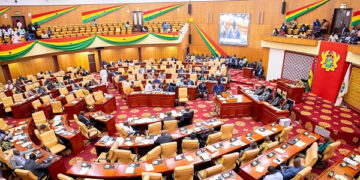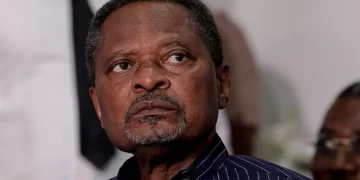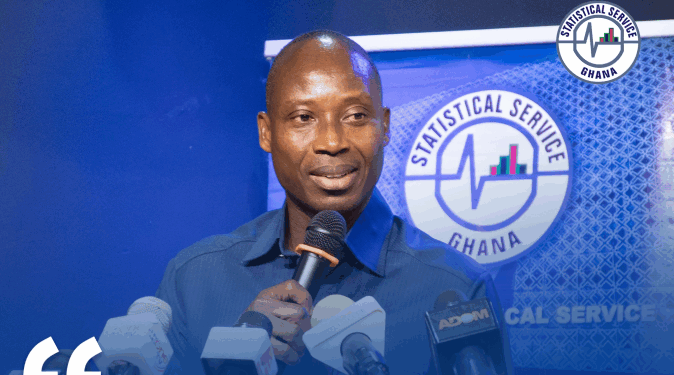The latest Slums and Informal Settlements Thematic Report published by the Ghana Statistical Service (GSS) has revealed that one in three urban residents in Ghana live in slum conditions.
This data is based on data from the 2021 Population and Housing Census with the report providing evidence to support better urban planning and service delivery with regional data highlighting gaps in housing, basic services, and tenure security.
The new Slums and Informal Settlements Thematic Report by the GSS, offers the clearest national picture of slum conditions and informal settlements across Ghana’s urban areas. The report defines “urban” localities not just by population size but also by access to basic infrastructure such as electricity, water, schools, and health facilities.
The report also paints a stark picture showing only 10 percent of localities in Ghana meeting this full definition and revealing the mismatch between population concentration and service access.
The following are some highlights from the report:
- About 30.8 percent of Ghana’s urban population approximately 4.8 million people live in slums. This is higher than the global average of 24.7 percent but below the Sub-Saharan Africa average of 53.9 percent.
- One in ten (9.9%) of the 17,989 localities in Ghana are classified as Urban-2 areas and cover barely 5.0 % (11,811km2) of the country’s total land area of 238,533 km2;
- 57.0% of households or 4.77 million households are in urban areas;
- 46.1% of urban households or over 2.2 million households, are living in slum conditions. That means nearly 1 in every 2 urban households is facing one or more of the four deprivations;
- 29.5% of urban households or 1.4 million households are found in slums.
The report also reveals that 10 out of 16 regions have proportions of their urban household population in slums, higher than the national average of 29.5%. The highest is recorded by the North East region (79.1%) whilst the least is recorded by the Bono region (29.6%).
According to the report; nearly 1 in 3 people in slums cannot read and write, and more than 1 in 5 people have never attended school.
Speaking at the launch of the report on Monday June 30 2025, Government Statistician, Dr. Alhassan Iddrisu emphasized the urgency of translating data into targeted responses.
“Every slum we transform and every household we uplift brings us closer to the safe, inclusive cities every Ghanaian deserves. Let’s build together,” he said.
Ghana’s urban population has increased sharply over the last six decades, rising from 23.1 percent in 1960 to 56.7 percent in 2021. While this trend reflects growth and economic opportunity, it has also stretched housing systems and basic services.
Dr. Alhassan noted that the report will serve as a planning tool for Metropolitan, Municipal and District Assemblies and enable government to design location-specific interventions, prioritize slum upgrading in budgets, improve access to water, sanitation and housing where it is needed.
The full report and accompanying infographics are available at www.statsghana.gov.gh.
READ ALSO: Albert Dwumfour re-elected GJA President
By Afote Asomdwoe Laryea




























